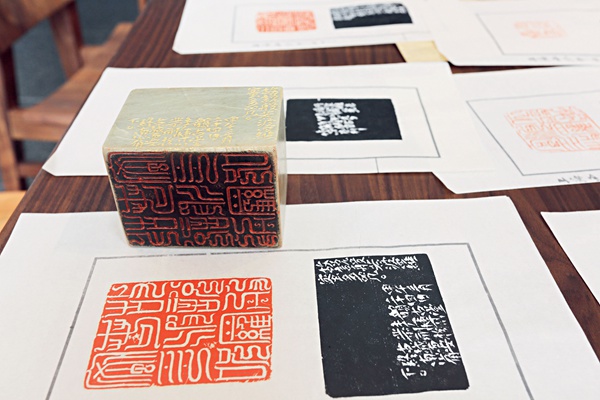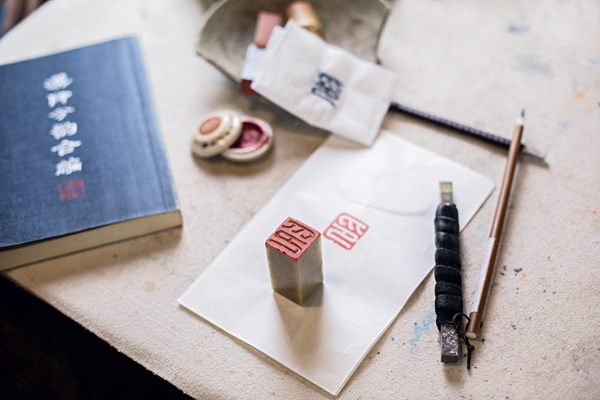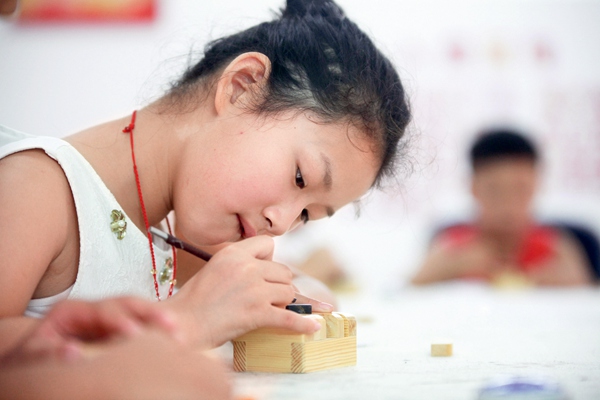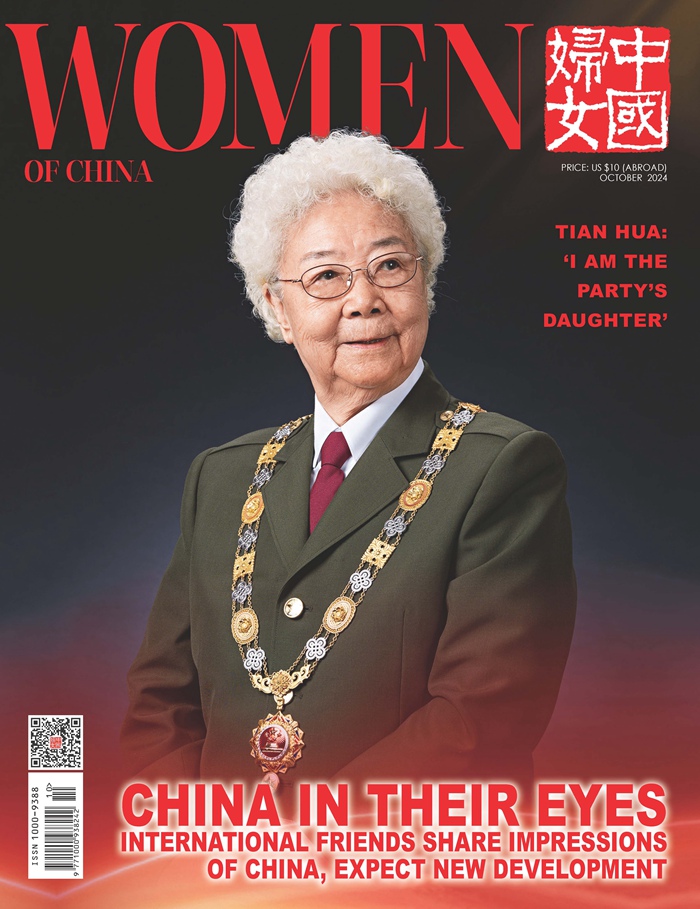Seal Engraving Essence of Chinese Culture
The art of seal engraving is a cornerstone of China's fine arts. The art of seal engraving requires a craftsman/craftswoman to have a high degree of virtuosity, since the artist works on a tiny surface area, where every curve and thickness of line counts. In September 2009, the United Nations Educational, Scientific and Cultural Organization (UNESCO) added China's seal-engraving art to the list of its items of intangible cultural heritage.


Past, Present
The seal-engraving art can be traced back to the Shang Dynasty, more than 3,000 years ago, when ancient Chinese recorded their ideas by engraving inscriptions on tortoise shells. The art form developed rapidly during the Qin Dynasty (221-206 BC), when people engraved their names on utensils and/or in documents, to claim ownership or for verification of social contacts.
Soon after Qin Shi Huang (first emperor of the Qin Dynasty) conquered the other six states and unified China, he ordered craftspeople to use jade to make an imperial seal, which was called "Xi."
It wasn't until the Ming Dynasty (1368-1644) that artists and scholars began using stylized seals, engraved with their names, to mark the ownership of their calligraphies and paintings.
Wu Changshuo (1844-1927), a renowned painter and engraver, in 1904 established Xiling Seal Engravers' Society, in Hangzhou, capital of East China's Zhejiang Province. The society was the first of its kind in China.
Seals are still widely used in official documents and private correspondence. As engraved seals have become increasingly popular the world over in recent years, an increasing number of people have become fascinated with the items.

Superb Works of Art
Seals come in a variety of shapes and sizes. To create an engraved seal, a craftsman/craftswoman first sketches the characters and/or patterns (including landscapes, figures, birds and/or flowers) on paper. Then, the craftsman/craftswoman uses a knife to engrave the charactersand/or patterns on the paper, which covers the raw material (of the seal), such as stone and wood. As you appreciate the diverse motifs (on the seals), you might be impressed by the artist's fertile imagination. As an instrument of calligraphy and painting, the seal is a work of art in itself.
Seal engraving involves essentially the same techniques as calligraphy. Usually, a master seal engraver can write different styles of the Chinese scripts and arrange the characters' strokes in a perfect balance. Like a master calligrapher, the engraver sometimes exaggerates the thickness or thinness of a stroke (of a character), elaborately straightens or curves the stroke, or deliberately deforms an ideogram to create an artistic effect.
To help students better understand the beauty of the traditional Chinese craft, Fudan University (in Shanghai) offers an undergraduate course in seal engraving. Many students take delight in practicing their engraving skills in the workshops of the university's Popular Seal Carving Club.
Throughout the COVID-19 epidemic, Fudan's engraving learners have created many seals featuring China's fight against the epidemic. Through the artworks, one may get a glimpse of Chinese people's courage and great willpower to overcome the virus.
Photos Supplied by VCG
(Women of China English Monthly November 2021 issue)
Please understand that womenofchina.cn,a non-profit, information-communication website, cannot reach every writer before using articles and images. For copyright issues, please contact us by emailing: website@womenofchina.cn. The articles published and opinions expressed on this website represent the opinions of writers and are not necessarily shared by womenofchina.cn.






.jpg)

 WeChat
WeChat Weibo
Weibo 京公网安备 11010102004314号
京公网安备 11010102004314号